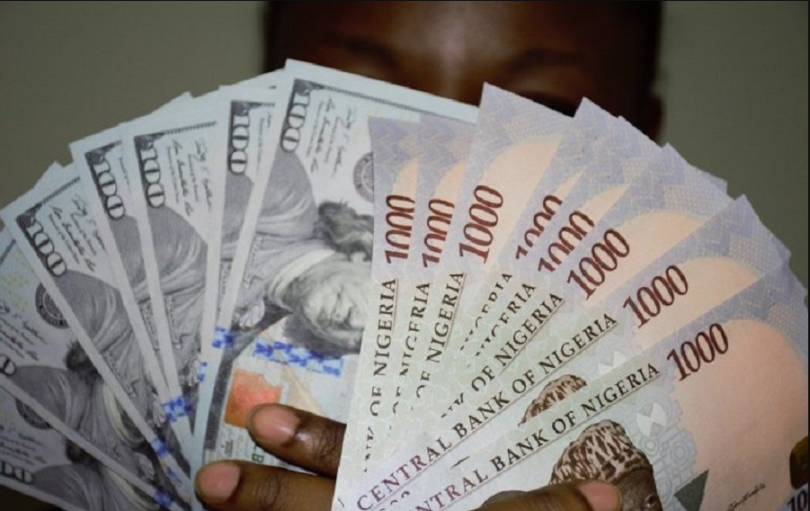One of the greatest economists of all time, Richard Musgrave who along with his wife, Peggy gave Public Economics students and experts what has become the Bible of Public Economics.
In that book, Public Finance in Theory and Practice Noble Laurate expanded the frontiers of Public Finance.
He got the government directly involved with the function of Resource Allocation while mandating it to relentlessly pursue the goals of Redistributive Justice and Stabilisation of Macroeconomic Variables with such vigour that would stamp those tripod functions as the very essence of governance.
This is the modern theory of public finance. It gave the Keynesian theory a direction about deficit budgets, deficit financing through borrowing and comprehensive tax systems as well as in terms of the consequences of such fiscal actions.
Of these three statutory public policy duties of the state, the stability of the macroeconomy stands out as its fallout gets automatically transmitted to the other two, resource allocation and redistributive justice.
This explains why Monetary economics icons like Irving Fisher, Alfred Marchall, John Maynard Keynes, James Tobin and Milton Friedman had much earlier established the pillars of monetary policy for macroeconomic management.
So, fiscal matters and monetary issues should be reconciled for efficient management of the macroeconomy. They revolve around money management. They bother on the national currency as macroeconomic instability derives its potency from money (currency) mismanagement. Money matters are very serious and should be treated as such.
A national currency is the country’s legal tender. It is the medium of exchange, the store of value and the unit of Account of the country. No other currency has the capacity to perform these functions legitimately within the expressed national territorial boundaries.
Nigeria is a sovereign state and by virtue of the Act that granted it independence in 1960 and the republican constitution of 1963, the country has the power to choose its currency.
That power is vested in the Central Bank of Nigeria and cannot, under any circumstance be usurped by any other framework of governance. The Central Bank of Nigeria derived that power from the 1958 Act of Parliament and as amended in 1991, 1997,1998, 1999 and 2007.
It is thus, unambiguously stated that the business of currency and coinage resides solely and squarely with the apex bank of the land and implicit in those powers is the fact that the CBN supervises a mono-currency paper standard until such a time when the rest of the world redefines the global monetary standard.
It, therefore, becomes inconceivable that a country in this contemporary world would encourage ‘rivalry’ between its currency and those of other countries.
Such an act would constitute an economic crime that undermines the very existence of the nation as it bears strongly on the macroeconomic stability of the polity. This explains why countries are extremely cautious in exposing their currencies to the dangers of competition with another currency or adopting bi-currency standards. The experiences of Europe especially France and the United Kingdom with metallic money suffice here.
This was also captured by a piece which I published in my column in the Sun Newspaper in 2015 entitled Dolarisation of Naira Payments.
Between 2015 and today the Naira has undergone a preposterous transformation, far beyond what existed within the figments of my imagination. The Naira has been battered beyond a fraction of what gold did to silver under bimetallism in France.
The metallic money regime of the nineteenth and twentieth centuries produced two glaringly distinctive variants of legal tender; monometallism and bimetallism. These were the two options that Monetary Authorities had with gold and silver as the preferred metals for exchange and store of value although the less valuable ones like copper and bronze served as ‘token money’.
United Kingdom resisted the temptation of adopting bimetallism which would have seen gold and silver coins serve as legal tenders concurrently with intrinsic and face par values.
France could not and therefore reject monometalism in favour of bimetallism. Incidentally, the surge of silver inflow into France in the late 1840s and early 1850s threw punches on the French economy and in the process destroyed virtually its entire monetary system in 1853.
The Gresham’s law played out; “bad money (Silver) chased away good money (Gold). The British monometallism survived for about a century after that incident.
The acceptance of double or multiple ‘money’ in an economy is injurious, and destructive and ridicules the government’s stance on critical policy matters.
It happened to the French and other countries that permitted it. It can happen to any economy that is carefree about its currency management. It is already happening in Nigeria even when dual currency operations do not have an official stamp in the country.
The Naira is of a very young age with its history dating back to January 1st, 1973 when it replaced the Pound Sterling. The exchange rate was N2.00 for a Pound. N1.00 exchanged for about US $1.45. That was under the fixed exchange rate system.
The Naira remains Nigeria’s only legal tender but the American dollar is increasingly beginning to serve as Nigeria’s alternate currency.
The dollar has been positioned to play an overwhelming role as the medium of exchange, store of wealth and unit of Account in Nigeria; functions that are traditionally reserved for the domestic currency.
In addition to these roles, the dollar now serves as a rated gift item and the ubiquitous responsibility of storing stolen funds. Its stable value has made an attractive instrument for the store and transfer of illicit funds. The Nigerian economy is, therefore, being unofficially dollarised.
Dollarisation is a concept that is misunderstood most of the time. Investopedia defines it as implying ‘’a country’s recognition of the US dollar as the medium of exchange or legal tender alongside or in place of its domestic currency’’ while Cambridge Dictionary sees it as ‘’an act or process of replacing a country’s currency with the US Dollars’’. The Corporate Finance Institute captures it as ‘’the process by which a country decides to use two currencies – the local currency and generally a stronger, more established…’’.
Interestingly Andrew Berg and Eduardo Borensztein writing for the International Monetary Fund in International Issue Number 24 in the year 2000 made it clear that dollarization, official or unofficial, formal or informal, limited or full as is ‘’…a shorthand for the use of foreign currency by another country’’ for transactional purposes as well as for the other functions which the domestic currency is designated to perform.
This would imply that the two currencies are used alongside each other or that the foreign currency (not necessarily but usually the US Dollar) replaces the domestic currency. Hence dollarization could also be seen from the perspective of currency substitution.
Thus, as was pointed out in WallStreetMojo, a country may decide to officially or unofficially, partially or fully accept a foreign currency as its legal tender.
This would encourage the holding of foreign and domestic assets in the preferred currency while the monetary authority may provide windows for both the citizens and foreigners to operate foreign currency-denominated accounts in deposit money banks in the country.







